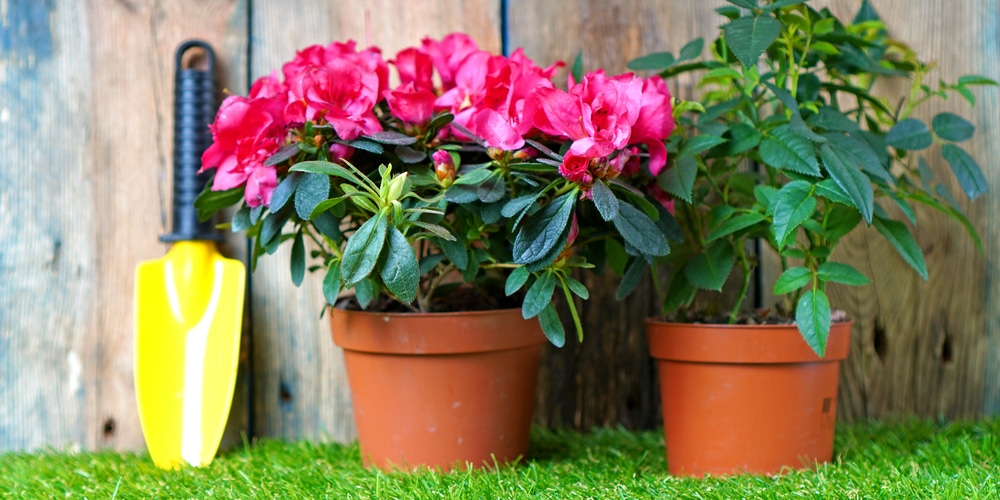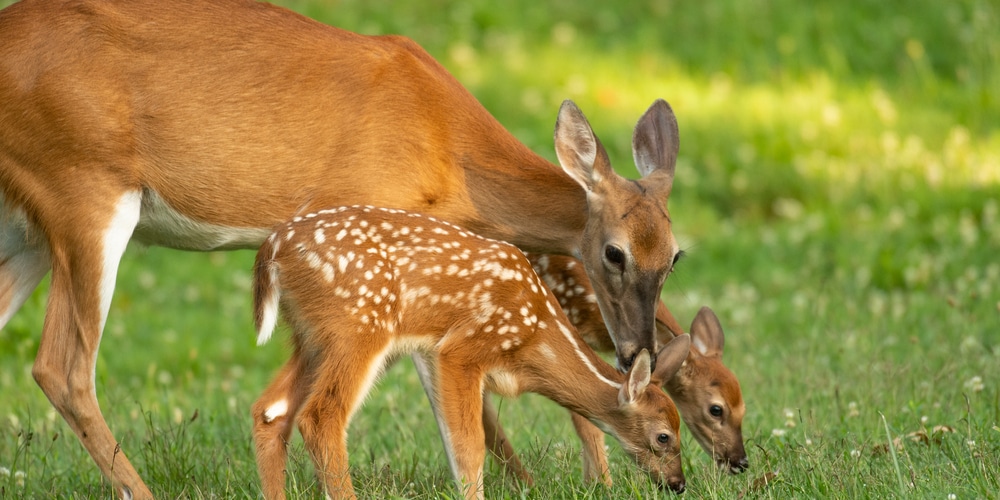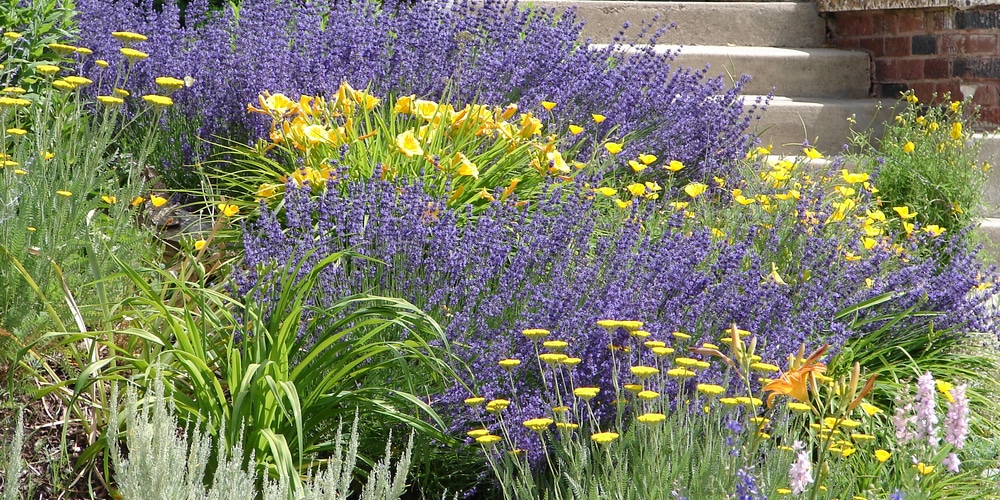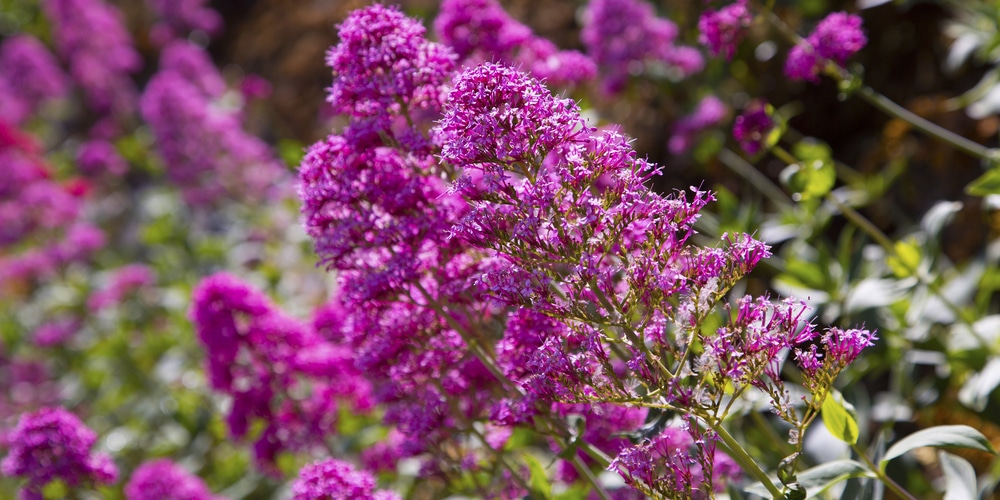Do deer eat azaleas? This is a question that many people have asked, and the answer is yes, deer will eat azaleas. They love them!
Azaleas are a favorite food of deer, and they will go out of their way to get to them.
If you have an azalea garden, you may need to take steps to protect your plants from deer damage.
Are Azaleas Deer Resistant?

Azaleas are a type of flowering shrub known for their beautiful blossoms. These plants are native to Asia and North America, and they come in a variety of colors, including white, pink, purple, and red.
Azaleas are often used as ornamental plants, and they are a popular choice for landscaping. Thanks to their showy flowers, azaleas can add a touch of elegance to any garden.
However, one question that is often asked about azaleas is whether or not they are deer resistant.
If you live in an area where deer are abundant, you may have noticed the damage they can do to your landscaping.
Deer enjoy munching on various plants, but azaleas are particularly appealing to them. According to Rutgers University, evergreen azaleas are a favorite snack of white-tailed deer, who rate the tasty bush as “frequently severely damaged.”
How To Protect Azaleas From Deer
Azaleas are a favorite food of deer, and they will often munch on the leaves and flowers if given a chance. While this may not seem like a big deal, it can cause severe damage to the plant.
In addition to leaving behind unsightly chewing marks, deer can also strip away all of the leaves, leaving the plant vulnerable to sunburn and disease.
Fortunately, there are a few simple steps that you can take to protect your azaleas from these hungry visitors.
One of the best ways to deter deer is to build a physical barrier around the plant. A fence or hedge can be effective, but you will need to ensure that it is tall enough to deter determined jumpers.
You can also try using repellents, either chemical or natural. Some popular options include capsaicin (the active ingredient in pepper spray), garlic, and soap. These substances work by making the plant taste unpleasant, and deer will typically avoid eating anything that tastes bad.
Finally, keep in mind that deer are most active at dawn and dusk, so it’s best to keep your azaleas well-lit. You can enjoy your azaleas without worrying about deer damage by taking these precautions.
What To Do With Deer Damaged Azaleas
Even if you take steps to protect your azaleas, deer may still find a way to get to them. If you notice that your plant has been damaged, there are a few things that you can do to help it recover.
First, remove any broken branches or chewed leaves. This will help the plant focus its energy on healing the damaged areas. You can also apply a fungicide to prevent any diseases from taking hold. Finally, be sure to give your plant plenty of water; this will help it recover from the stress of being eaten by deer.
Alternatives To Azaleas
If you’re looking for a deer-resistant plant similar to azaleas, there are a few options to consider.
Russian Sage
Russian sage (Perovskia atriplicifolia) is a perennial herb that is native to the steppes of Central Asia. It gets its common name from its silvery-gray leaves, reminiscent of sagebrush (Artemisia spp.). Russian sage is a drought-tolerant plant that grows well in poor, sandy soils.
It is often used as an ornamental plant in xeriscape gardens and is attractive to bees, butterflies, and other pollinators. The flowers are small and tubular, with blue or lavender petals—the blooms from midsummer to early fall.
Russian sage is a relatively low-maintenance plant that does not require much fertilizer or water once it is established. Seed, cuttings, or division can propagate it.
Butterfly Bush
The Butterfly Bush (Buddleja davidii) is a fast-growing, deciduous shrub native to China. It gets its name because it is a favorite of butterflies, which are attracted to its long, showy flowers.
The flowers come in various colors, including white, pink, purple, and blue. Butterfly bush blooms from early summer to fall, and the fragrance of the flowers can be detected from up to 10 feet away.
The shrub can grow up to 15 feet tall and 10 feet wide, making it ideal for privacy hedges or screens. Butterfly bush is relatively easy to care for, and it is tolerant of a wide range of soil and lighting conditions. However, it should be pruned back hard in late winter to promote vigorous new growth.
Daphne
Daphne is a genus of shrubs native to Asia, Europe, and North America. The plants in this genus are characterized by their evergreen leaves and clusters of small, highly scented flowers.
Daphne shrubs are often used as ornamental plants in gardens, and they can range in size from a few inches to several feet tall. Some of the most popular species of daphne include D. odora (fragrant daphne), D. mezereum (mezereon), and D. japonica (Japanese daphne). These plants are all prized for their beautiful flowers and desirable fragrance.
Do deer eat azaleas: Conclusion
While deer damage can be frustrating, it’s important to remember that it’s not the world’s end. You can protect your azaleas from these hungry visitors by taking a few simple precautions.
And if they do manage to get to your plants, there are steps that you can take to help them recover. So don’t let deer damage keep you from enjoying these beautiful flowers.
Related Article: Do Azaleas Stay Green Year Round?



